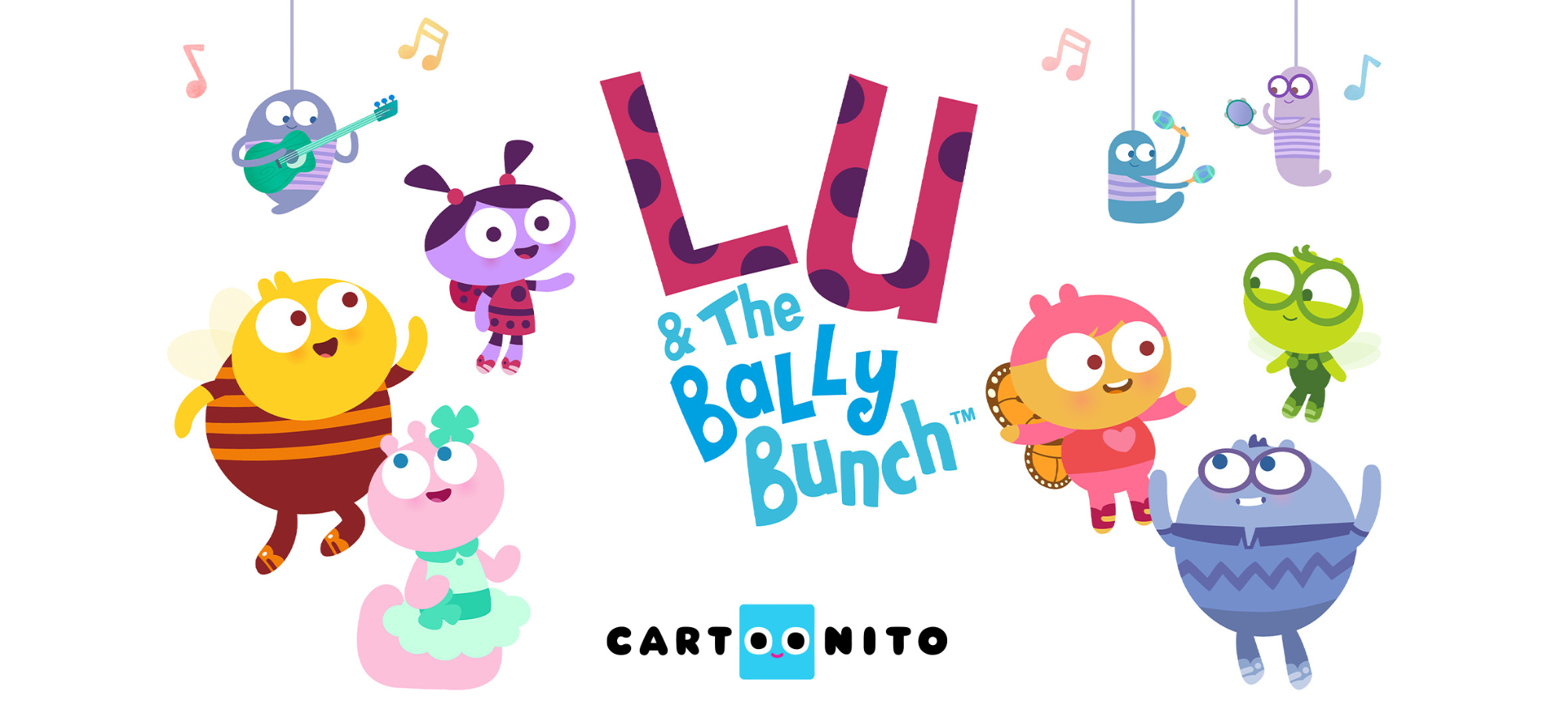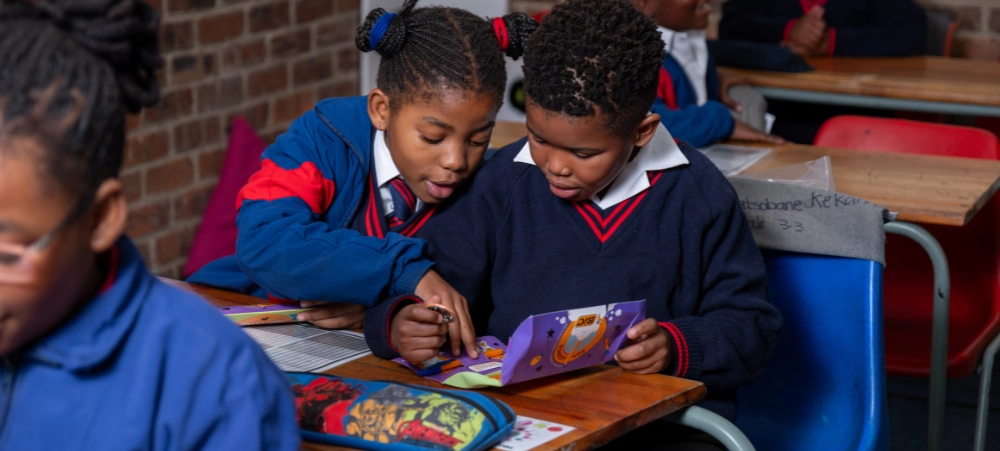
Homework Help Hacks: How to make after-school learning stress-free
After a long day at school, the last thing kids—and parents—want to think about is homework. Yet, it’s an essential part of academic growth. Finding ways to make homework a more enjoyable and less stressful experience can be a game-changer. Here are some practical hacks to turn after-school learning into a smoother, more productive routine. 1. Create a Consistent Homework Schedule A clear routine can help kids know exactly what to expect, which reduces anxiety. Set a consistent time for homework each day, allowing kids to unwind first before jumping into their assignments. This helps prevent the “I’m too tired” excuse and builds a predictable habit. According to Parents.com, a set schedule helps children develop responsibility and time management skills. 2. Designate a Homework-Friendly Space The environment where kids do their homework matters. Create a clutter-free, quiet, and well-lit area that’s separate from distractions like the TV or toys. This designated workspace helps children focus better. Some families find it useful to have a family “study zone” with minimal distractions. This setting encourages children to concentrate, making the process more efficient. 3. Break Homework into Manageable Chunks If your child is overwhelmed by a large homework assignment, break it into smaller, manageable chunks. This method, known as “chunking,” is especially helpful for younger children. The American Academy of Paediatrics suggests working in 10-15 minute intervals with short breaks in between. By completing one small section at a time, children feel less pressured and more confident in their ability to tackle the task. 4. Use Positive Reinforcement Instead of focusing on what’s not being done, offer praise for what is accomplished. Positive reinforcement can motivate kids to continue working hard. Small rewards or praise for completing tasks encourage your child to keep up the effort. Whether it’s a sticker, a small treat, or extra playtime, positive reinforcement makes homework feel more rewarding. 5. Encourage Independent Problem Solving While it’s tempting to solve problems for your child, it’s more beneficial in the long run to guide them through challenges rather than provide the answers directly. Help your child understand the process and how to approach difficult questions. Encourage them to break down the problem, ask for clarification, or review previous lessons. Psychology Today highlights the importance of fostering problem-solving skills and the ability to work independently. 6. Stay Organised with Tools and Supplies A well-stocked homework station with the necessary supplies can save a lot of time and frustration. Ensure that your child has access to pens, pencils, erasers, paper, calculators, and other essential tools. Using organisational tools like binders or folders for each subject can help your child keep track of assignments and deadlines. This reduces the stress of scrambling to find lost worksheets or textbooks. 7. Incorporate Technology Wisely There are many educational apps and websites designed to support learning. Tools like Khan Academy or Google Classroom can supplement traditional homework, offering interactive lessons and resources. But be mindful of screen time. Set a timer or a schedule to limit the amount of time spent on devices, as prolonged screen use can affect focus and well-being. 8. Model Calmness and Patience Your approach to homework can influence your child’s emotional state. If you stay calm and patient, your child is more likely to mirror that attitude. If frustration builds, take a short break and come back with a fresh perspective. Your calm demeanour teaches kids how to handle stress and frustration in a constructive way. 9. Ask for Help When Needed If your child consistently struggles with certain subjects, don’t hesitate to seek additional help. This could mean talking to the teacher, hiring a tutor, or seeking extra resources online. Sometimes, kids need extra support to grasp certain concepts, and getting help early can prevent future struggles. 10. Set Realistic Expectations Understand your child’s individual learning style and pace. Set realistic expectations for their abilities. If they’re struggling, adjust your approach and offer additional support. The National Education Association suggests that when kids feel they are being pressured beyond their ability, it can lead to burnout and resistance. Conclusion Making after-school learning stress-free doesn’t have to be difficult. By establishing a structured environment, using positive reinforcement, and encouraging independence, you can help your child develop the skills they need to succeed in school without all the stress. Remember that every child is unique, so finding what works best for them may take some trial and error. With a little patience, creativity, and the right tools, you can make homework a more enjoyable and productive part of your child’s day. Sources:































